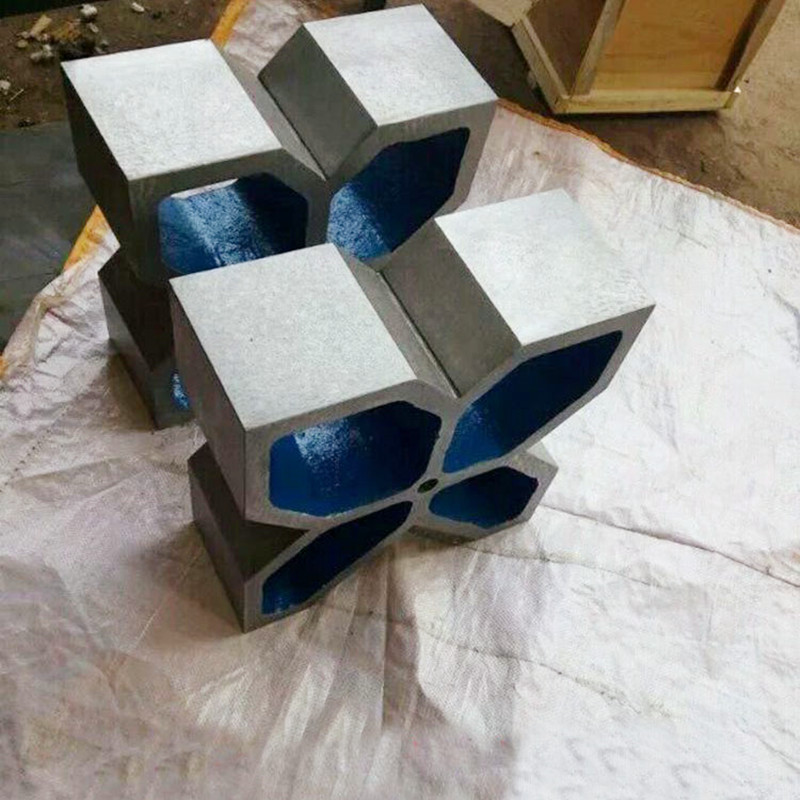Jul . 26, 2024 09:32 Back to list
Effective Solutions to Prevent Pigeon Problems with Innovative Spike Designs and Strategies
The Importance of Pigeon Spikes for Urban Environments
In urban environments, the presence of pigeons can often lead to challenges for city dwellers and local businesses. While these birds are a common sight in many cities, their tendency to roost on buildings, statues, and ledges can result in various problems, including structural damage, health hazards, and aesthetic concerns. One effective solution that has gained popularity in recent years is the implementation of pigeon spikes.
Pigeon spikes are designed to deter birds from landing and nesting on surfaces where they are not wanted. Made from lightweight materials such as stainless steel or plastic, these spikes can be installed on ledges, rooftops, window sills, and other areas frequently occupied by pigeons. By creating an uncomfortable landing spot, pigeon spikes effectively encourage birds to seek alternative locations, ultimately helping to manage and control pigeon populations in urban areas.
The benefits of pigeon spikes extend beyond mere aesthetics
. Pigeon droppings, known for their corrosive properties, can damage concrete, metal, and other building materials if left untreated over time. This not only leads to costly repairs but can also erode the historical and architectural integrity of buildings. By preventing pigeons from roosting, spikes help safeguard structures and prolong their lifespan.pigeon spikes

Moreover, pigeon droppings pose significant health risks. They can carry diseases such as histoplasmosis, cryptococcosis, and psittacosis, which can be harmful to humans, especially those with pre-existing respiratory conditions. Additionally, a build-up of droppings can attract other pests, including insects and rodents, contributing to a larger public health issue. By installing pigeon spikes, cities can reduce the risk of disease transmission and create a healthier urban environment for residents.
Aesthetics also play a crucial role in the necessity of pigeon spikes. Many historic buildings and public spaces strive to maintain a pristine appearance, and the accumulation of bird droppings can detract from this effort. Cities want to be welcoming and visually appealing, not marred by unsightly messes from birds. By utilizing pigeon spikes, building owners and city planners can enhance the visual appeal of their properties while maintaining a sanitary environment.
It is important to note, however, that while pigeon spikes are an effective deterrent, they should be used as part of a comprehensive bird management strategy. Incorporating other methods, such as habitat modification, regular cleaning, and the use of deterrents like sound or movement devices, can further enhance the effectiveness of pigeon control efforts. When combined, these strategies can lead to a balanced cohabitation of urban spaces and wildlife.
In conclusion, pigeon spikes serve as a vital tool in managing pigeon populations in urban settings. Their ability to protect buildings, promote public health, and enhance aesthetics makes them a practical choice for both city planners and private property owners. As we continue to navigate the complexities of urban wildlife management, solutions like pigeon spikes offer a humane and effective approach to maintaining the harmony between our built environment and the natural world. Ultimately, the key to successful bird management lies in finding strategies that are both effective and considerate of animal welfare, ensuring that cities remain vibrant and livable spaces for all inhabitants.
-
Water Valve Gate Design Prevents Leakage and CorrosionNewsJul.11,2025
-
Steel Fab Table Features Reinforced Construction for LongevityNewsJul.11,2025
-
Specialized Valve Designs for High Pressure SystemsNewsJul.11,2025
-
Machinist Gauge Pins Feature Ground and Lapped FinishesNewsJul.11,2025
-
Hose Check Valve Prevents Backflow in Irrigation LinesNewsJul.11,2025
-
Durable Micrometer Tools Withstand Heavy Workshop UseNewsJul.11,2025
Related PRODUCTS









